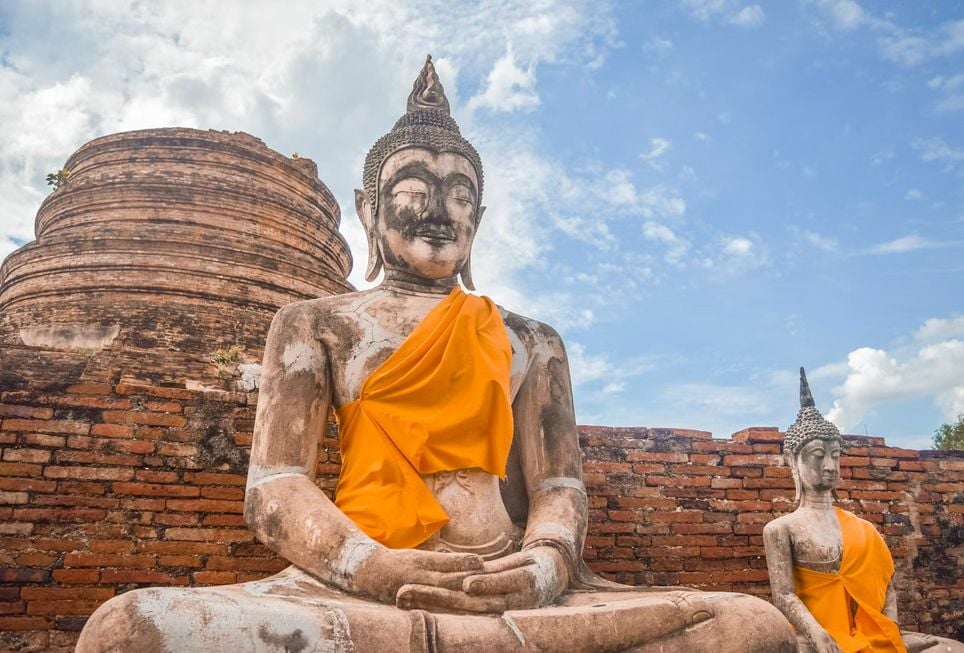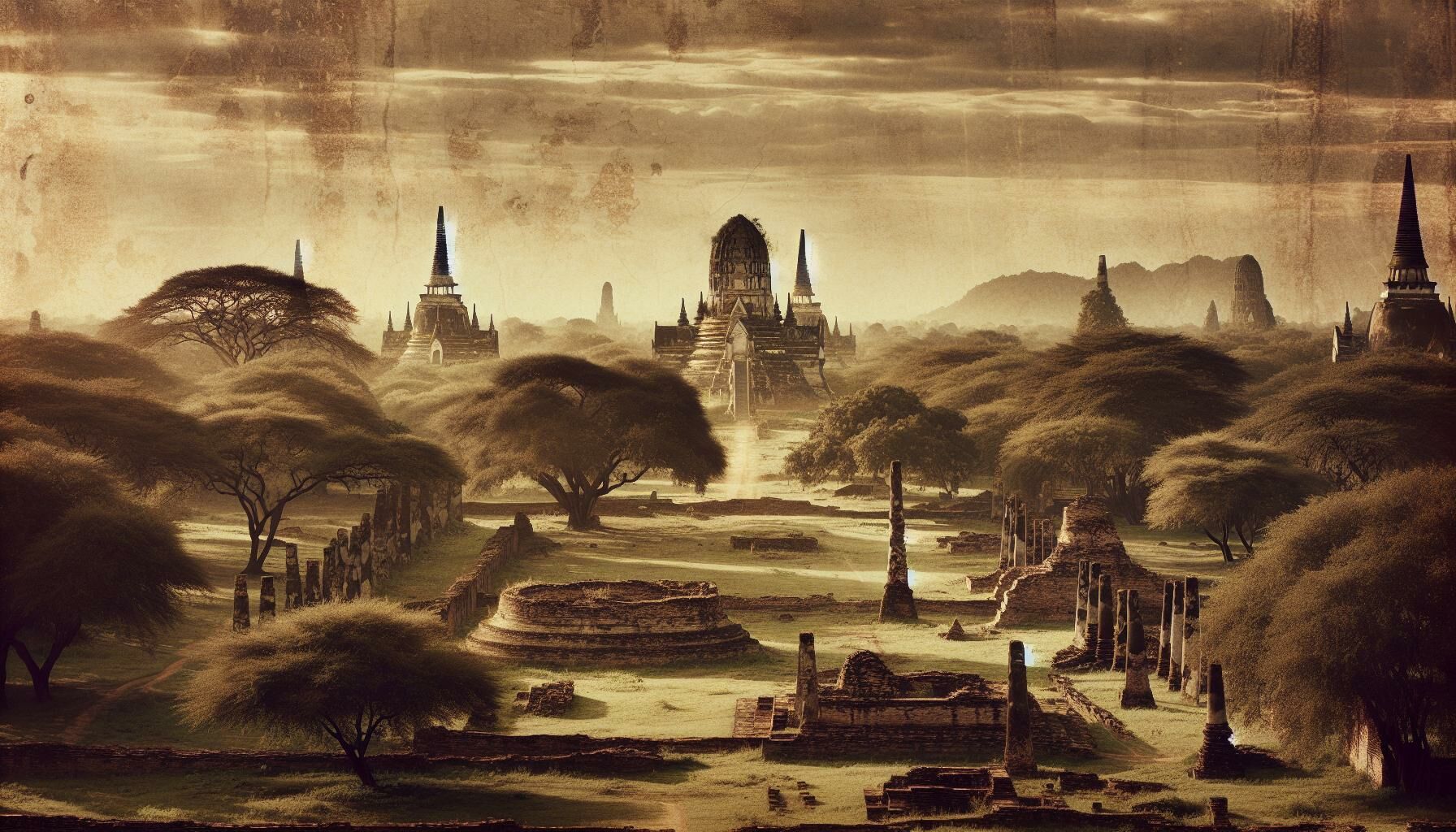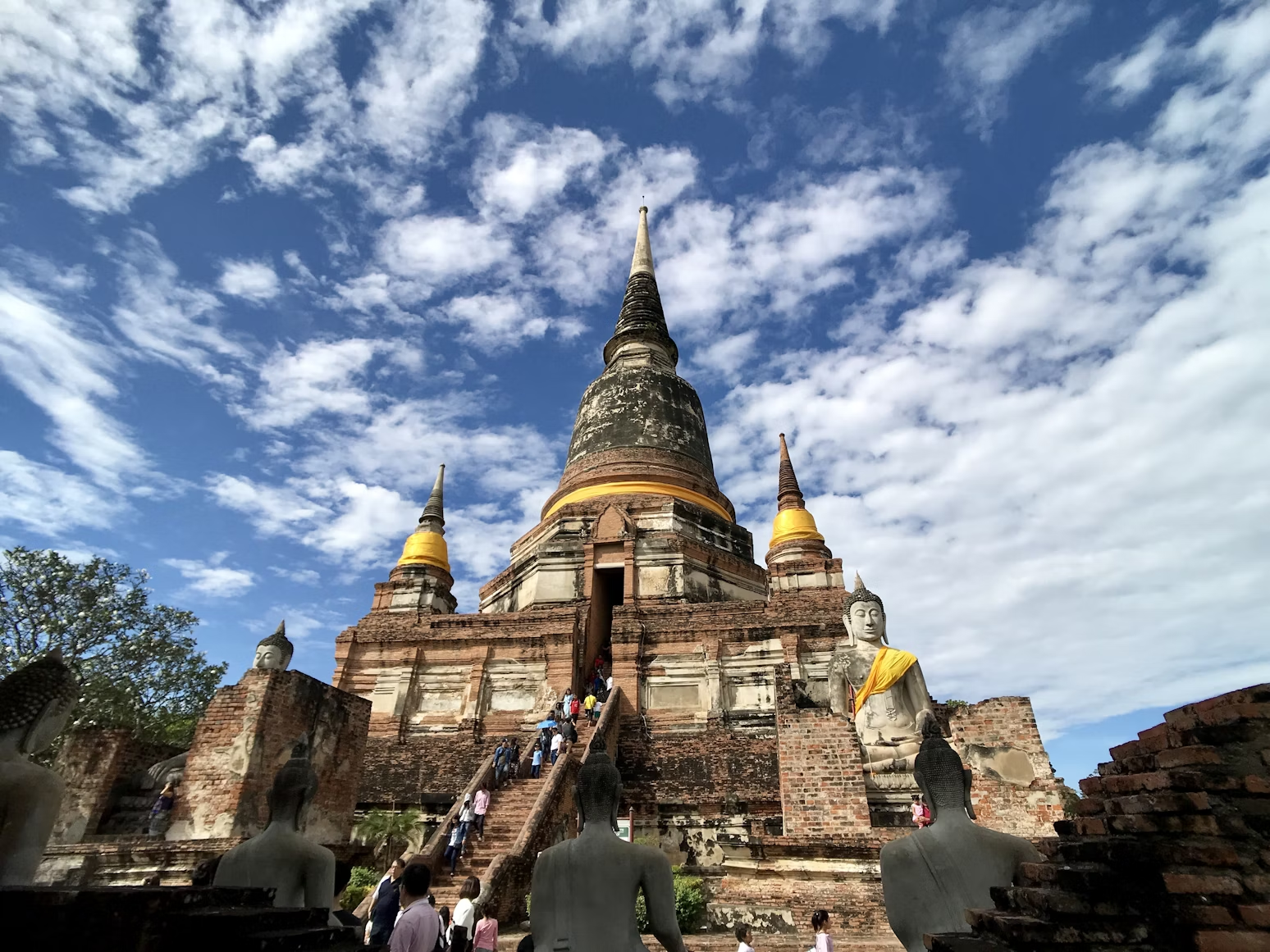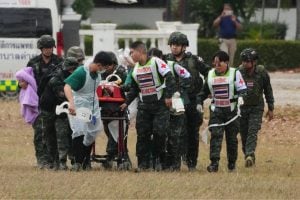A deep dive into Ayutthaya history in each aspect

Immerse yourself in the rich tapestry of Thailand’s cultural history as we delve into the intriguing era of the Ayutthaya period. A time when art and culture flourished, and the Kingdom of Siam, now Thailand, was a bustling hub of trade and prosperity.
The Ayutthaya period, spanning from 1350 to 1767 CE, was marked by the rise of a distinct artistic style, deeply rooted in Buddhism. This period was a significant evolution from the Uthong or PreAyutthaya style, showcasing a profound shift in aesthetics and iconography.
Government

During the Ayutthaya period, governance underwent significant transformations. Ayutthaya’s sphere of influence expanded impressively from the Northern Cities to the Malay Peninsula, firmly centred around the Ayutthaya-Suphanburi-Lopburi-Phetchaburi polity. However, the Muang Look Luang system found it challenging to govern these relatively vast territories.
Crucial reforms during this era, prominently under King Trailokkanat, helped sculpt the constitution of Ayutthaya, and subsequently of Siam until 1892, though in changed forms. Instituted in the Palatine Law of 1455, these reforms propelled the government towards a more centralised structure that’d persist for the rest of Ayutthaya’s existence.
Notably, the Chatusadom system, Thai for ‘Four Pillars’, dominated this central system. Under this system, the court was helmed by two Prime Ministers: the Samuha Nayok, responsible for civil affairs, and the Samuha Kalahom, the Grand Commander of Forces, overseeing military affairs. Below the Samuha Nayok functioned the Four Ministries. Further extensions of the king’s authority in the regions occurred through his representatives, indicating a high degree of central control.
The Ayutthaya period wasn’t just an era of cultural growth, but also an important chapter in Thailand’s historical evolution of its governance structure, the impacts of which one can still see in present-day Thailand. The centralised system designed during this period showcases the foresight and organisation of the rulers, creating a robust underpinning that would shape Thailand’s future administrations.
Political development
As a continuation from the previous sections focusing on the Ayutthaya period’s cultural and governance aspects, this segment will delve deeper into the era’s military strategies and territorial pursuits, crucial in shaping the period’s political landscape. By understanding the essence of these features, a more holistic comprehension of Ayutthaya history can be achieved.
Military
The success of the Ayutthaya period lay not just in its robust governance but also in its formidable military strength. Clear strategies and significant manpower played instrumental roles in Ayutthaya’s expansion. Any technological advancement hardly impacted the region, allowing the size of armies to determine the outcomes of battles directly. Consequently, acquiring sufficient manpower for both defence and farm labour was paramount. Given the abundant land reserves available for cultivation, the constant struggle for manpower became even more prominent. Ayutthaya’s rise to power was marked by continuous military engagement, and this aspect of history must be acknowledged in the broader narrative of the period.
Territory
The strategic territorial pursuits during the Ayutthaya period also contributed significantly to its political development. A ceaseless quest for territorial domination was initiated with powerful armies marching into the Siamese-held lands in Tanintharyi province. Burmese invasions resulted in their eventual control over Lan Na, a former Ayutthaya vassal. However, Ayutthaya managed to retain control of southern Tanintharyi. Notably, even amidst rampant wars and invasions, Ayutthaya strived to maintain territorial integrity. One cannot look into the Ayutthaya history without understanding this territorial endeavour dynamic, which underscores the political prowess of that era.
Through a rich tapestry of military strategies and territorial conquests, the Ayutthaya period stands out as a pivotal point in Thailand’s political history. Armed with this knowledge, one can also appreciate the foundation on which contemporary Thai society rests today.
Culture and society

During the Ayutthaya period, Thai culture and society underwent significant transformations. Key factors driving cultural development and change included population increase and diversity, common language evolution, Sanskrit language influence, religious practices and innovations in arts, literature and performances.
Population
The Ayutthaya period marked a significant population surge. It’s estimated that the Thai population jumped from 30 million in 1965 to an about doubled count by the century’s end. This population explosion followed a rise in quality of life, setting off a massive urban migration trend, particularly to Bangkok. This substantial augmentation in urban populace closely correlated with educational opportunities expansion and mass media exposure surge.
Language
The language diversity in Ayutthaya was crucial in shaping the society. The official languages included Mon, Sukhothai, Early Modern Central Thai, Khmer, and Malay while diplomatic languages included Persian and Portuguese. The Sukhothai language was initially confined to the elite but later evolved to Central Thai. By the Late Ayutthaya Period, Thai had become widespread, transcending social classes.
Sanskrit Influence on the Siamese Language
The Siamese language was majorly influenced by Sanskrit. This influence was particularly in linguistics and literature field, with many Thai words, particularly related to the literature and religion domain, originating from Sanskrit. The Sanskrit influence significantly shaped the Siamese language and by extension, Thai culture and society.
Religion
Religion played a significant part in shaping the culture and society of the Ayutthaya period. Buddhism was the dominant religion of Ayutthaya, influencing many aspects of daily life and culture. The Buddhist teachings guided the society’s moral and ethical values and principles, significantly impacting the Ayutthaya’s cultural and social fabric.
Arts and Performances
Art and cultural performances flourished during the Ayutthaya period. There was a strong cultural emphasis on visual arts, music, and dance, particularly traditional Thai cultural performances. They evolved and became central elements of the society’s cultural identity, with many traditional performances gaining recognition nationwide.
Literature
The Ayutthaya period was also a significant era for Thai literature. Society witnessed a surge in literature appreciation and production, with works spanning various genres including epics, folklore, myths, and spiritual texts.
- Ramakien: The Ramakien, Thailand’s national epic, dominated the Ayutthaya period’s literature scene, its narratives permeating various cultural expressions. Its influence extends beyond literature, deeply embedded within Thai culture, from visual arts to performances.
- Khun Chang Khun Phaen: “Khun Chang Khun Phaen,” a Siamese epic folk poem, is one of the most significant literary works of the Ayutthaya period. With themes of love, war, and supernatural elements, this epic folk poem constitutes a cornerstone of Thai literature and provides valuable insights into the social reality of the time.
Economy
The Ayutthaya era, a seminal period in Thailand’s history, holds notable prominence due to its far-reaching impact on the country’s cultural, societal and economic spheres. It was during this transformative phase that Ayutthaya emerged as a crucial trading centre of Southeast Asia – an evolution with profound implications.
However, this epoch was not merely about trade. It marked an unparalleled growth in population, heightened linguistic diversity, ascension of Buddhism as a key religious component and blossoming of arts. Consequently, this time frame has imprinted itself indelibly on the annals of Thailand’s past.
Moreover, it is worth mentioning that the influence of Ayutthaya transcends beyond historical boundaries; its essence reverberates even today. Its enduring imprint can be discerned in diverse facets of contemporary Thai culture- encompassing art to literature and societal norms. Therefore, undeniably, the Ayutthaya period exemplifies a distinctive chapter woven into Thailand’s rich historical fabric.
Although Ayutthaya is not Thailand’s capital city anymore, there are many things to do in Ayutthaya nowadays. Please check out our article on “10 amazing things to do in Ayutthaya 2024.“
Latest Thailand News
Follow The Thaiger on Google News:


























